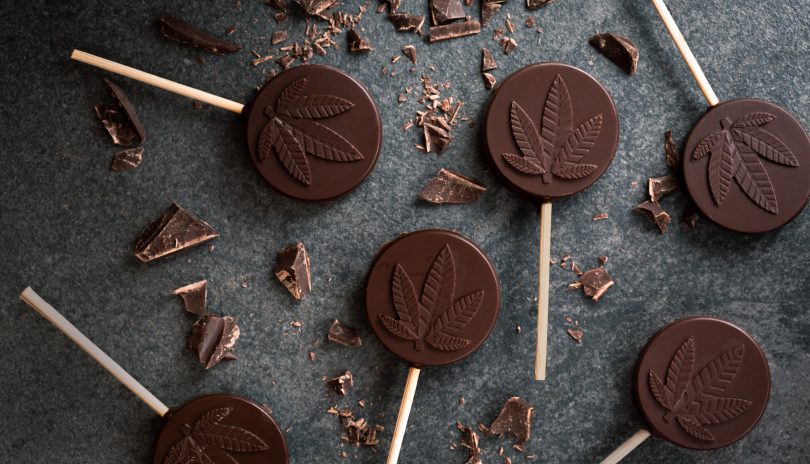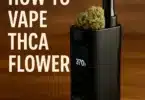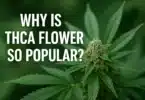At this point we all know there are different ways to consume cannabis. The most common way is to simply light it up, but these days, more people are vaping, dabbing, drinking infused drinks, using skin creams, and of course, eating it. In fact, one of the strongest forms of marijuana, is the kind that comes when its eaten, and this explains the ultimate power of edibles. Plus, without causing the same kind of damage as smoking, eating cannabis edibles is becoming very popular.
If you’ve ever eaten a ‘special’ brownie, you know that it’s not like smoking a joint. There is no immediate feeling of anything, and when the high does kick in, sometimes 1-3 hours after ingestion, it doesn’t quite feel the same either. That’s because the compound producing the effects is not the same as the one in the dry flower of a joint. It’s a little bit different, and significantly stronger.
A lot goes on in the world of legal cannabis. Sign up to our newsletter so you’re up-to-date on all things cannabis-related.
What is 11-hydroxy-THC?
Much like the name implies, its simply a form of THC. In standard cannabis consumption, when the plant is lit on fire and inhaled (or vaped and inhaled), the THC – which becomes what it is through a decarboxylation process from the heating – has this chemical structure: C₂₁H₃₀O₂. This chemical structure is not found in an actual living cannabis plant in high amounts, but instead starts as this: C22H30O4 which is tetrahydrocannabinolic acid, or THCA. As stated, this compound is transformed into delta-9 THC by a heating process which creates a chemical reaction that removes a carboxyl group (COOH), hence the name decarboxylation.
The explanation above leads to delta-9 THC, but that’s not what we’re talking about. What we’re talking about is what happens when delta-9 THC is ingested. When cannabis is smoked, THC is taken in through the lungs, transferred to the bloodstream, and then onto the brain, and the rest of the body. When cannabis is eaten, it goes directly to the bloodstream where it is absorbed, and then to the liver, the rest of the body, and the digestive system where its broken down even further. A part of this whole process is that delta-9 THC (C₂₁H₃₀O₂) is transformed into 11-hydroxy-THC (C21H30O3). As you can see from the chemical formulations, it’s not a huge difference. But one of the things we know about chemistry is that slight tweaks in chemical formulas can mean entirely different compounds that do entirely different things.
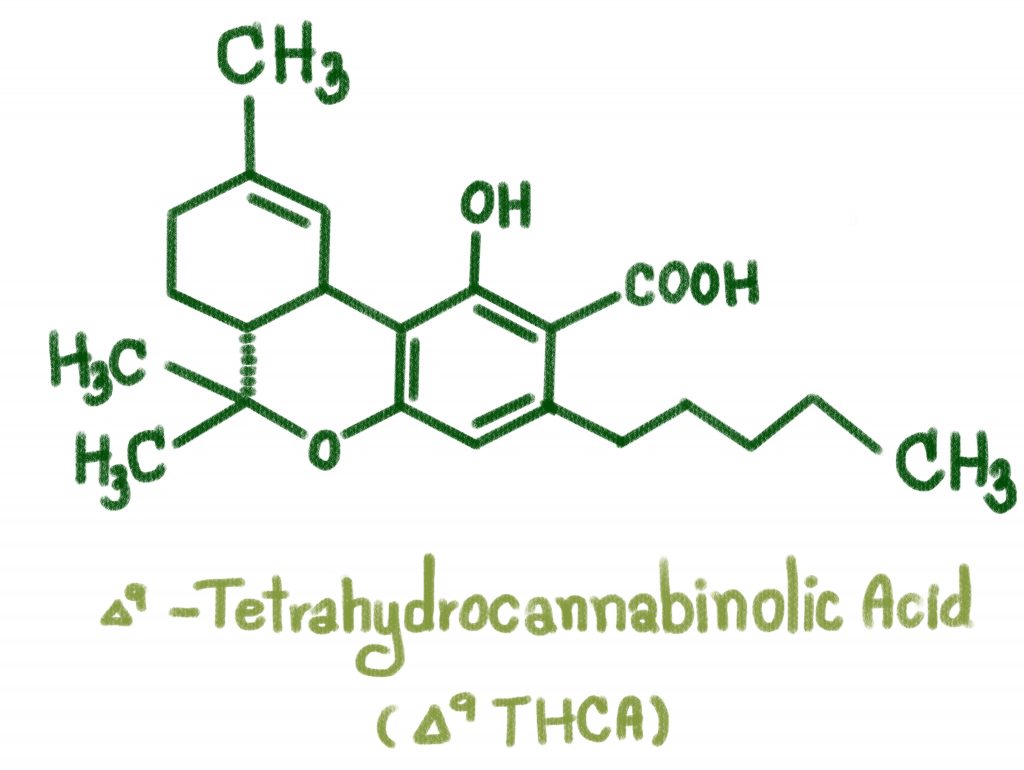
Essentially, the way that cannabis is taken plays a huge role in what cannabinoids are in the body, and in what concentrations. And this effects general potency, and how a person will feel.
How does it feel different?
To say that delta-9 THC always has the same effect is obviously not true. Just the idea of indica vs sativa demonstrates the different effects of different cannabis strains with the former being known for making people relaxed and tired, while the latter is known for a more cerebral, sometimes even energizing, high. And this doesn’t even account for the terpenes involved, or any other compound that causes an effect on its own, or is part of a synergistic cannabis effect. So, to simply say that delta-9 THC and 11-hydroxy-THC make a person feel differently is certainly true, but in a much more profound way than simply looking at the results of different cannabis strains when smoking.
Nick Jikomes , the primary researcher for the publication Leafly, put it this way: “The real difference between edibles and smoking or vaping is that with edibles, a much larger fraction of Delta-9-THC makes it to the liver first. There it gets converted to 11-hydroxy-THC,” He goes on, “So in other words, if you smoke or vape, the ratio of 11-hydroxy-THC to Delta-9-THC is quite low, and if you take an edible it’s much higher.”
THC gets into the bloodstream through the alveoli of the lungs when smoked. As an oil-soluble compound, it doesn’t break down well in the blood, since blood is water based. Instead, it very quickly binds to endocannabinoid receptors, and is barely metabolized in the gastrointestinal tract. Conversely, when eating THC, not only does the saliva start breaking it down immediately (as it’s the first part of the digestive process), but once it gets to the stomach it goes through the digestive tract, unlike smoked THC. Once there, it binds to a glurononide compound to create 11-hydroxy-THC which is more water soluble. A more water-soluble compound is generally better at crossing the blood-brain barrier and getting through the body in general, leading many to believe that this is at least part of what makes 11-hydroxy-THC more potent, and explains the overall power of edibles.
It takes longer to go through this process which is why edibles don’t kick in for sometimes 1-3 hours (which can also depend on what a person has eaten that day). However, unlike smoking THC, for which effects can be felt nearly immediately, but which peak within about 30-60 minutes before tapering down for another few hours, 11-hydroxy-THC can cause a high of 4-6 hours, sometimes even more, before tapering off. In that sense, the power of edibles far exceeds the power of smoked THC.

So, now we know that eating it means having higher concentrations of 11-hydroxy-THC, but what does this mean to how a person feels? In 1973, a study was done that compared the two compounds. The researchers found that when equivalent 1 mg doses were given intravenously to casual smokers, there was a quicker and more potent overall reaction with 11-hydroxy-THC. This could imply that 11-hydroxy-THC is actually a much more potent compound, and possibly the reason for THC’s psychoactive effects in general.
What other research?
Other research has been done into 11-hydroxy-THC. Take this study from 1972, which also involved intravenous use of 11-hydroxy-THC. Much like the subsequent study already mentioned, it was found that within 2-3 minutes of injection, a psychologic peak was reached, which showed to be of greater intensity than after administration of regular THC.
Another study had more ambiguous results. For this study, participants were given either a slow infusion of delta-9 THC, or a slow infusion of 11-hydroxy-THC. Participants were asked to self-report when they started feeling effects, and when they felt sufficiently high. The results showed that the 11-hydroxy-THC group generally stopped their infusions sooner indicating getting high faster, however, the delta-9 group reported possibly feeling higher. The conclusion of the study was that both compounds are equally potent and capable of producing the same psychological and physiological effects.
Medical benefits of 11-hydroxy-THC
There have not, unfortunately, been a large amount of studies done into the medical benefits of 11-hydroxy-THC. Two of the more prevailing pieces of information we know are that it lasts longer than delta-9, and is quite possibly more potent. Just these two pieces of information are useful though, as it means eaten THC can give longer coverage of effects, and a possibly greater medical effect since concentrations are higher. As more cannabinoids and compounds of the cannabis plant are studied, 11-hydroxy-THC will also likely have its time in the spotlight. And as more comparison studies are done, we’ll be able to get a better idea as to the ultimate power of edibles vs smoking.
Can it be dangerous?
One of the things associated with the power of edibles is the ability to overdo it. When smoking, if a person wants to increase their high, they can take another toke, and then wait a minute to see how it feels. With eaten THC, since it takes so much longer for effects to be felt, it’s easier to overdose on it. Plus, while most smokers are aware of about how much they’ll get out of a puff of cannabis, edibles can be made with different formulations and have unexpected amounts of THC, making it easier for a person to take more than their body can comfortably handle.
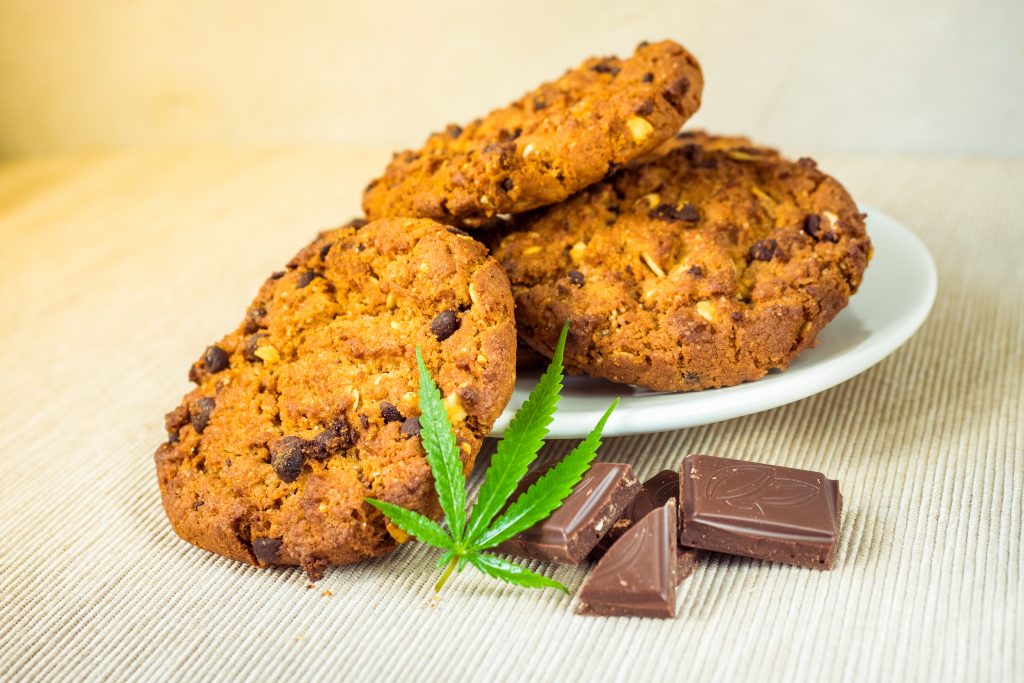
Of course, one of the best things about a THC overdose is that while it might cause some discomfort, and might even make a person think they’ll die, no one actually does from ingesting too much THC. You might not feel great for a while, but unlike with oxy and fentanyl, you’re going to be just fine. I remember eating a cookie a few years ago and really thinking I was going to need to go to the hospital. It felt like a panic attack and something else all rolled into one. In the end, the symptoms went away, the intensity subsided, and I was fine, even though for a little while it felt pretty bad. This happens to many people.
Conclusion
The power of edibles seems to come mainly from the fact that THC is metabolized into a more water soluble compound when eaten. Answers might not be airtight on this subject, but thousands of years of people consuming cannabis as a food medicine tells us there’s got to be something to it.
Who knows, maybe we’ll find out in the future that 11-hydroxy-THC is actually the most potent cannabis-related compound there is, and maybe we’ll find out it can do all kinds of stuff that we just don’t know about yet.
Thanks for stopping by CBDtesters.co, your all-in-one spot for cannabis-related news. Keep stopping by to stay up-to-date, and sign-up to our newsletter so you never miss a beat.
Resources
THC Edibles And Topicals Are Now Banned In Quebec
The Endocannabinoid System Explained (Why Cannabis Is Good for Our Bodies)
Everything You Need To Know About CBD Isolate (a deep look into hemp extracts)
THC Isolates explained (looking at the [urest form of THC available)
Cannabinoids 101 – Spotlight on CBN (Cannabinol)
Your Complete Guide to EU GMP-Certified CBD Isolate and Distillate – Spotlight on the regulated EU market
Colorado Teens Moving Towards Cannabis Edibles Over Smoking
Everything You’ve Ever Wanted to Know About CBD Edibles
What is DELTA 8 THC (FAQ: Great resource to learn about DELTA 8THC)
The CBD Flowers Weekly newsletter (your top resource for all things smokable hemp flowers)
The Medical Cannabis Weekly newsletter (International medical cannabis business report)
Chocolate Interferes with THC Testing and Complicates Edibles Dosing
The Delta 8 Weekly Newsletter (All you need to know about Delta 8 thc)Regulators Go After Smokable Hemp Flower – What Does The Future Hold?
The Complex Issue of Marijuana and Hemp Business and Legalization On Tribal Land
How Does THC Enter The Brain?

